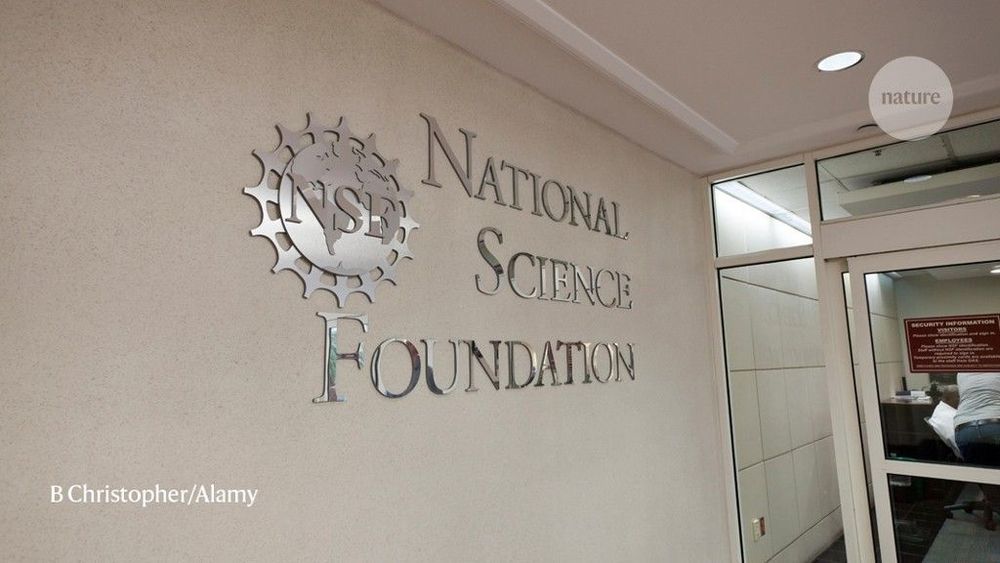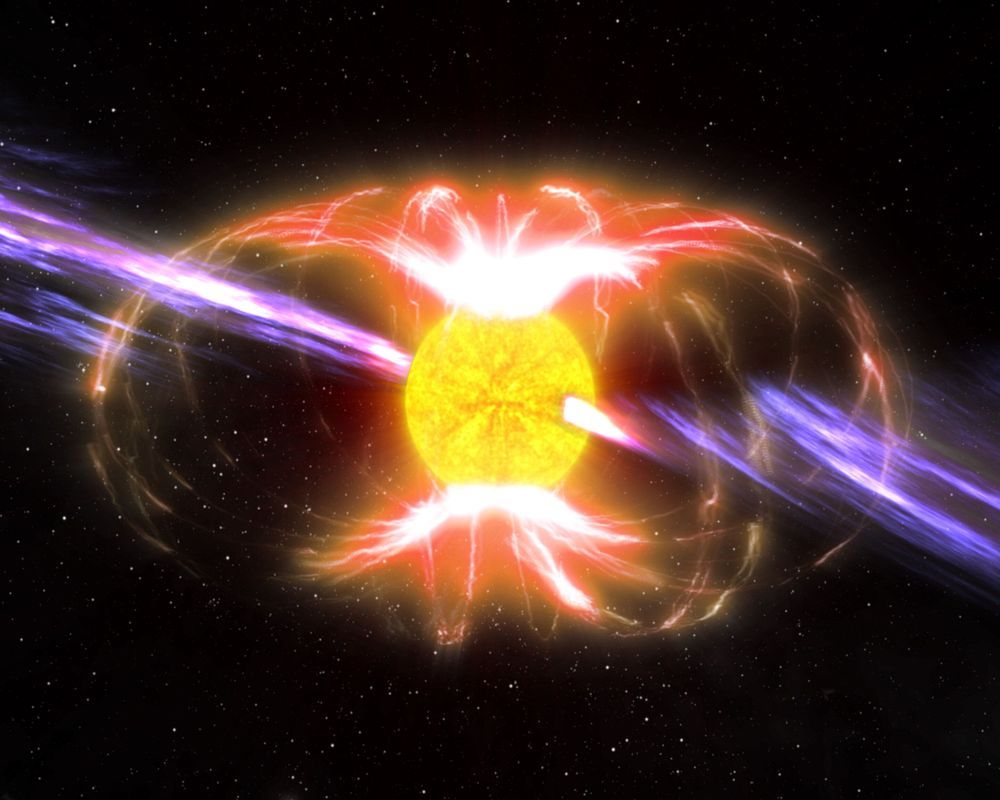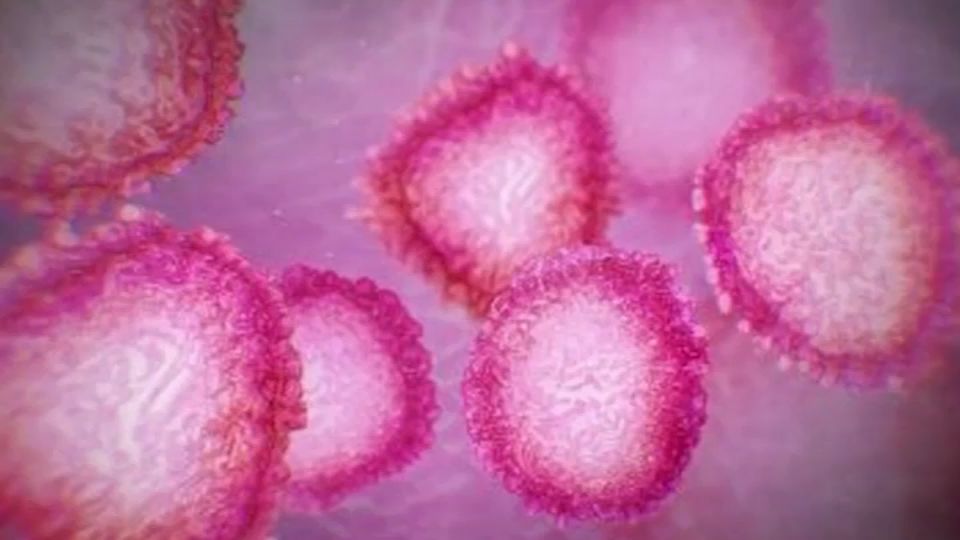Some animals need to eat every day to survive, but not these incredible creatures! Thanks to certain abilities, these animals can go days, weeks, months, and even years without a meal…
When Peter Beck of Rocket Lab said he was “incredibly sorry” for losing his customers’ satellites, the company saw a surge of public support.
Live coverage of the countdown and launch of a SpaceX Falcon 9 rocket from pad 39A at NASA’s Kennedy Space Center in Florida. The mission will launch SpaceX’s tenth batch of Starlink broadband satellites. Text updates will appear automatically below. Follow us on Twitter.
The funding agency has taken action in 16–20 cases where foreign ties were not properly reported.
Quantum information scientists have introduced a new method for machine-learning classifications in quantum computing. The non-linear quantum kernels in a quantum binary classifier provide new insights for improving the accuracy of quantum machine learning, deemed able to outperform the current AI technology.
The research team led by Professor June-Koo Kevin Rhee from the School of Electrical Engineering, proposed a quantum classifier based on quantum state fidelity by using a different initial state and replacing the Hadamard classification with a swap test. Unlike the conventional approach, this method is expected to significantly enhance the classification tasks when the training dataset is small, by exploiting the quantum advantage in finding non-linear features in a large feature space.
Quantum machine learning holds promise as one of the imperative applications for quantum computing. In machine learning, one fundamental problem for a wide range of applications is classification, a task needed for recognizing patterns in labeled training data in order to assign a label to new, previously unseen data; and the kernel method has been an invaluable classification tool for identifying non-linear relationships in complex data.
On March 12th 2020 a space telescope called Swift detected a burst of radiation from halfway across the Milky Way. Within a week, the newly discovered X-ray source, named Swift J1818.0–1607, was found to be a magnetar, a rare type of slowly rotating neutron star with one of the most powerful magnetic fields in the universe.
Spinning once every 1.4 seconds, it’s the fastest spinning magnetar known, and possibly one of the youngest neutron stars in the Milky Way. It also emits radio pulses like those seen from pulsars—another type of rotating neutron star. At the time of this detection, only four other radio-pulse-emitting magnetars were known, making Swift J1818.0–1607 an extremely rare discovery.
In a recently published study led by a team of scientists from the ARC Center of Excellence for Gravitational Wave Discovery (OzGrav), it was found that the pulses from the magnetar become significantly fainter when going from low to high radio frequencies: It has a steep radio spectrum. Its radio emission is not only steeper than the four other radio magnetars, but also steeper than ~90% of all pulsars. Additionally, they found the magnetar had become over 10 times brighter in only two weeks.
SpaceX will launch its tenth set of Starlink internet satellites into orbit today (July 8) and you can watch it live online.
COVID-19 hospitalizations in Connecticut increased by 14 since Monday, but the state is reporting no new coronavirus-related deaths for the “first time in months,” Governor Ned Lamont announced at a press conference Tuesday afternoon.
“I’m paid to worry,” the governor said when talking about the hospitalizations increasing. “I would worry if I saw our admissions in our hospitals going up and that’s why you saw hospitalizations going up. That’s not what happened. We’ve added between about 20 and 30 new COVID cases a day into our hospitals. That’s consistent. That’s been consistent for the last few weeks. What is happened is there are many fewer discharges. It’s not something I worry about, just something I note to you.”
According to the state Department of Health, 5,745 tests have been administered since yesterday, and just 57 new cases were reported. Lamont said the state’s positive test percentage remains around one percent.









